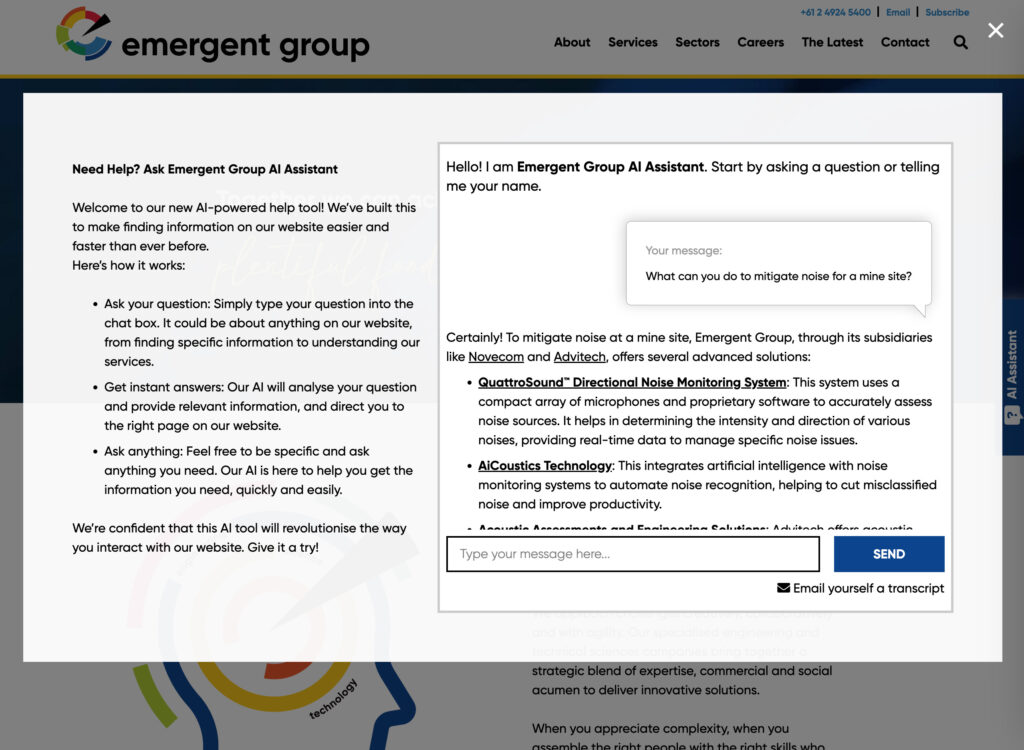As marketers, we’ve began to realise it’s becoming harder to market to an increasingly broader range of audiences. The emerging consumer power of Generation Z and Millennials are the most recent entrants to the marketplace. This audience have grown up with contemporary technology and are harder to please.
Who are the Millennials and Gen Z?
Millennials are born in the early 1980’s to early 2000’s. They tend to be more self-focused, status driven and followers of trends. Typically, they are less likely to change their direction and are often pragmatic to one viewpoint.
Gen Z are born from 1995-2010. They focus on expression on oneself and are great supporters of trends and the truth. Our generation value access rather than possession, seek products to express themselves, are standers for ethical concerns and value control.
Whilst I’m classed as a Generation Z individual who was born in the late 90’s, there are a number of other market segmentation characteristics that place me in this generation. Typically, we are a generation who like to focus on social responsibility, global matters, self-expression and most importantly technology and its capabilities. Whilst MySpace the original social media platform, had effectively died before I was old enough to use social media, I’ve grown up with far more channel options than older generations including Instagram, Facebook, Snapchat, Pinterest and YouTube. As someone who has started their career in marketing, it had me wondering if there was much of a difference in how Generation Z and our close Millennial friends engage with technology and for what purpose. This is particularly important to consider when marketing our product, brand and what we are wanting to achieve.
How we use Email
A recent study conducted by Campaign Monitor revealed some interesting trends about Generation Z and Millennials use of Emails and their responses to the amount of emails they get flooded with daily. The research states Gen Z are more likely to check their emails multiple times a day compared to Millennials who only check it once or twice. From their research, Gen Z foresee their use in email will increase dramatically, especially once they enter the workforce. Therefore, as a business this could be your chance to move into a decluttered market space and have a high chance of getting your brand out there if you have a consumer product or a target of these younger demographics.
Whilst there is a myriad of other communication channels available to these generations, surprisingly 64.9% appreciate using email for personal use and like to hear from the brands they follow at least a few times a week. My advice is to make your message personal and be a friend to your consumer, show that you care about them.
When it comes to purchasing products based on an email, 36.4% of Generation Z individuals have never clicked to the company’s webpage to make a purchase and complete the conversion pathway. This could be a result of our generation being strong believers in saving money and wishing to put this towards other assets in the future. Personally, I would be more inclined to open an email that speaks value and a call to action highlighting a discount or incentive.
Not only is its monetary value that I seek when receiving an email, I also look at emotional value in terms of how well the brand communicates their values, interests and how these align with my own. Climate change is a topic of value to Generation Z and Millennials. Incorporating value messages into your email is beneficial to drive engagement and allow the individual to see more than just a product offering, but a brand’s integrity and commitment to society’s best interests.
Rather than asking Gen Z and Millennials to make a purchase, deliver your message in a way where you’re working together. Don’t use email as a way to push a sale onto the them, be sincere and direct. Also personalise the message by simply adding their first name, 36.1% appreciate this. You’re more likely to build co-creation and user–generated content that transfer into higher click through rates and conversions.
How we use Social Media
How does email usage compare to other social media channels? Other research suggests that Gen Z are using more of Instagram (73%), Snapchat (63%) and YouTube (62%) as a way to communicate and express their opinions with 44% checking these feeds multiple times a day. Facebook will surprisingly see a decline in the future for this generation, however, remains the most used amongst millennials (74%).
Millennials are using social media channels as a way to communicate with friends and update them on life happenings. However, Generation Z are using it as a tool for entertainment and will spend majority of the time scrolling, rather than informing. They appreciate uninterrupted entertainment, so it is important for brands to communicate their message that “cuts through the noise” and draws the consumers attention immediately.
I’ve noticed another common theme filling my social feeds is influencers to promote a brands product or image. This is a way of achieving delivery of a message that is unobtrusive, but yet effective. Compared to Millennials, who prefer a more brand – to–consumer approach and are likely to search for the page and share the content.
Personally, I value my online privacy and it appears those in our generation do as well. Online privacy is something possibly unthought of that marketers should consider when targeting Millennials and Generation Z consumers. We are more likely to think twice about what we post on our social media accounts as we align our actions with our long-term future such as job and dating prospects. However, interestingly Millennials want to be known and are less likely to let it dictate their updates and interaction on social media channels.
As written previously on this blog, Gen Z are the YouTube generation and need to have their attention caught quickly and be entertained by an image or video. This needs to be relevant to the brands message and contain a high level of authenticity to capture further engagement. Video is becoming increasingly easy via Facebook, Snapchat and Instagram.
The most important takeaway message is despite the generations being close, there are a number of significant differences that make it important to define your audience accurately and consider altering your marketing strategy to suit. We should take advantage of the increasing use of email and not to rely solely on a social media only channel. Keep in mind that it is the most preferred and used channel for both audiences, with 62% for Millennials and 65% for Generation Z. For a Millennial market, you need to focus on loyalty and driving engagement through social media channels more so than email as they rely on FOMO (fear of missing out) and seeking social validation. As for Generation Z, this is more about getting a message across quickly and entertaining rather than selling your product. From my personal experience with email and social media the key things I would recommend focusing on exclusive offers, building loyalty, offering a personal experience and use videos and imagery.




